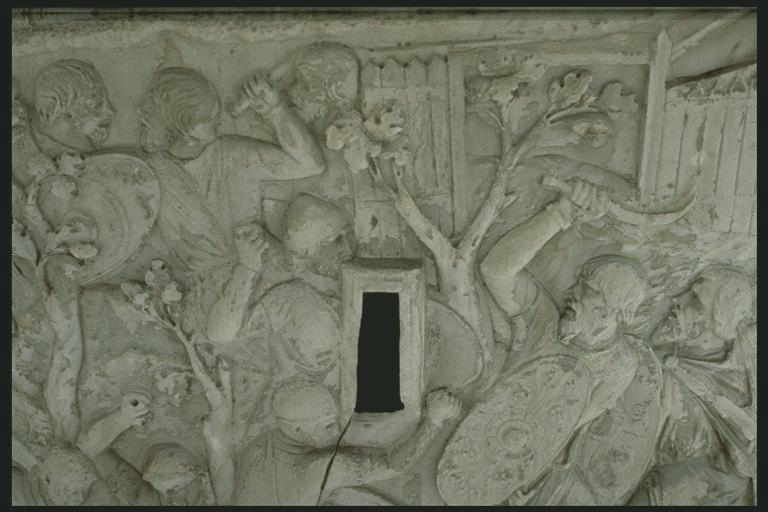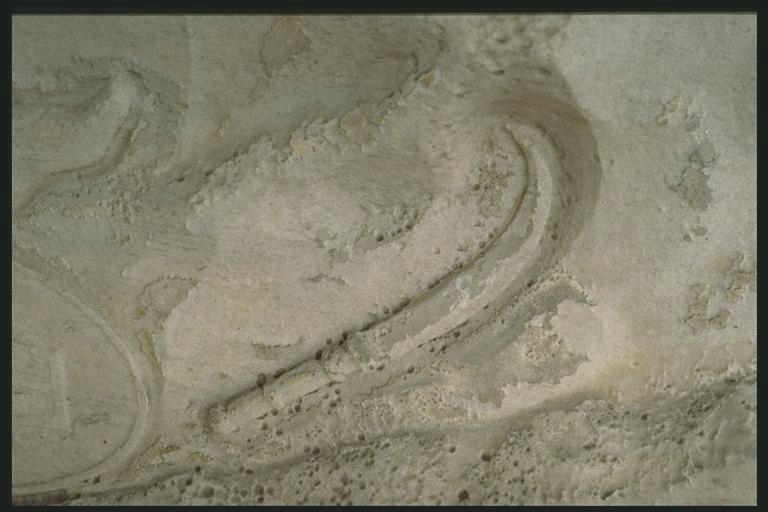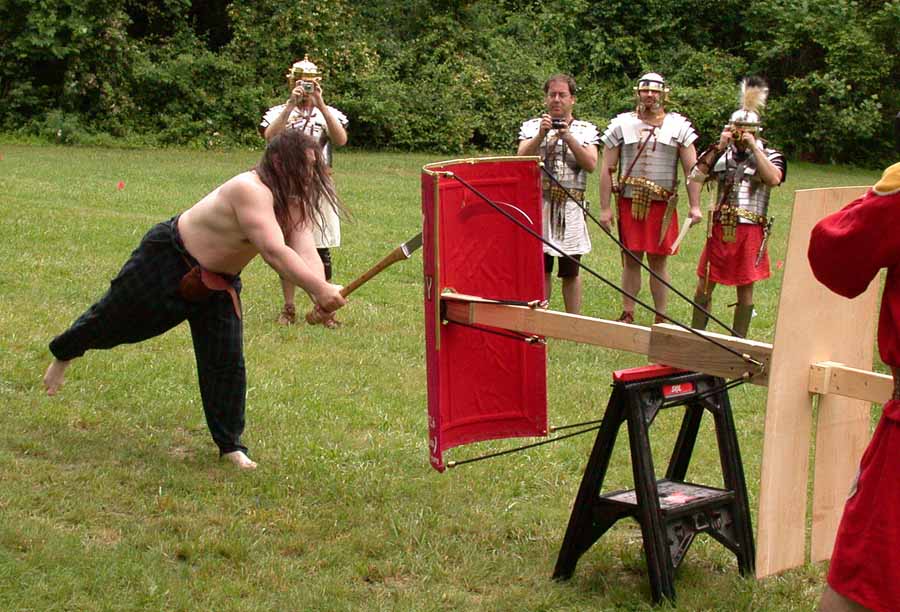
 |
|
|
|
|
#1 |
|
Member
Join Date: Nov 2010
Posts: 129
|
Gonzalo, thank you for your long and detailed response. It is always good to have different points of view, especially with reference to historical research. The use of the word machete in the 16th century, in the OED, does not give the context - the full OED would, but mine is the two volume abridged - so I can only give the first reference for the word, and of course it may relate to something other than what we today call a machete...
I know that in the UK molten lead was used to anneal the tangs of files that had been hardened to glass hard - this allowed the tang to be quickly heated without the heat transferring more than a 1/2" (say 15mm) beyond the shoulder of the file. Most edge tools prior to about 1870 were made by forge welding carbon steel to a wrought iron or mild steel body. This process continued in many small forges well into the 20th century, and is still being carried on in the forge of Bernard Solon, the last traditional taillandier, working in Orléans, France. All-steel tools, usually stamped 'cast steel' or 'solid steel', were not widely available before the late 19th century, and after Bessemer and Siemnens Martins steels became widely available. It was not until the early 20th century that alloy steels were used for edge tools... Hardening and temering of plain carbon steels involves quenching from red heat and then reheating to a much lower temperature to temper the blade... even with a soft steel or iron body, most makers still tempered the edge, even if only lightly, to remove brittleness. Tempering was often carried out in a bed of hot sand... Modern steels may be capable of being hardened and tempered in one process, but most that contain over 1% of carbon still require some type of quenching to retain keep the cementite from reverting to pearlite if hardness, as required in a cutting edge, is needed. I will need to research further into the use of lead or lead alloys for either hardening or tempering.. It may be that Collins were using the same technnique as file makers, and only annealing the tang area of the blade to further soften it to resist shock... Last edited by Billman; 12th November 2010 at 02:12 PM. Reason: Spelling |
|
|

|
|
|
#2 |
|
EAAF Staff
Join Date: Nov 2004
Location: Upstate New York, USA
Posts: 980
|
Camillus Cutlery (in village of same name in upstate New York) - now closed for a few years - used molten lead at a stage in their blade heat treatment process. I had the privilege of a tour courtesy of the consultant overseeing QA for the larger Cold Steel brand knives that were made there at the time and I recall seeing the pots in use and a brief discussion about safety concerns and measures taken with the material.
|
|
|

|
|
|
#3 |
|
Member
Join Date: Nov 2010
Posts: 129
|
Information on lead for hardening and tempering at http://www.7now.com/tempering_steel.htm
I think part of the problem is the use of the term tempering - in the UK it is the name of the process used after hardening to reduce brittleness and increase toughness. In the USA it appears to be used for the process of annealing, i.e. stress relieving or softenening of the steel to allow another process to be carried out, such as drawing or cold-working: 1. The method of producing steel wire (particularly suitable for the manufacture of coiled springs) comprising forming steel rod by hot rolling, oil tempering the rod as produced in the hot rolling operation, without drawing the rod, by passing it through an austenitizing step, an oil-quenching step, and a tempering step, cold-drawing the resultant oil-tempered rod into wire, and coiling the wire link: http://www.freepatentsonline.com/4568394.html In this process the steel is tempered at 600 to 1000 degrees F (approx 300 to 450 degrees C). I was always taught to harden wood chisels at straw colour (230C 450F), axes at brown/purple (270C 520F) and springs at blue (300C 570F) - that is the colour of the oxide film seen on cleaned steel. Steel starts to turn red at 400C 750F - plain carbon steels are quenched to harden at about 700C 1300F. I cannot see how molten lead, or even a lead tin alloy, can be used for tempering of hardened carbon steel - the temparature control is too critical... In small forges, as used commercially in Europe up to the mid 20th century, and still in use elsewhere, hardening usually took place in oil - whale oil being preferred, but fish oil and other oils also used. Today used car or lorry engine oil is often substituted... If oil was not available a strong brine solution was used, and failing that water. Some forges preferred water, but most smiths thought it cooled too quickly and could lead to cracking on small pieces, and it also vapourised on large pieces, creating an insulating barrier of steam between the work and the water, thus delaying cooling.... Much hardening and tempering was seen as a 'magical' art, and most smiths kept their methods secret, often even from their own staff and apprentices... In the UK, the Moss family from Hampshire, when they sold their trademarks, patterns and goodwill to Elwell, an industrial manufacturer from the Birmingham area, also sold their 'secret' of hardening and tempering. In the USA, one smith gave up making tools, and handed over the business to his son after having to learn the hardening and tempering business for a third time after his supplier (and thus the qualities and properties) of the iron and steel he used had changed yet again.... Despite years of experience, he had had enough and was not prepared to invest the required time in experimenting on how to harden and temper the new steels (sorry cannot remember the link - it was on one of the better USA collectors or clubs sites). |
|
|

|
|
|
#4 |
|
Member
Join Date: Jan 2007
Posts: 803
|
Interesting thread!
Billman, In your first post in this thread, you mentioned the bill-hook becoming the slasher of England. Just wanted to say that the bill-hook and slasher are used in conjunction, and are still separate tools, even today. We used both for cutting hedges, the bill for hedge-laying, or dealing with thicker more resistant wood, and the slasher for cutting the springy newer growth. As this is a bit off topic, I'll say no more, but just wanted to clarify.... Best, R. |
|
|

|
|
|
#5 |
|
Member
Join Date: Nov 2010
Posts: 129
|
Ref billhooks and slashers - there is little historical record for the slasher in the Roman to Medieval period - many hundreds of billhook blades survive, ditto sickles, scythes and axes - but little or nothing that can be identified as a slasher blade. It is thus probable this, like sugar cane knives and many other tools used for cutting crops and fodder, developed from the billhook. It is also very probable that despite some history of 'live' fences that it did not develop in the UK until after the enclosures of the 18th century. 14th to 16th century manuscripts show many pictures of billhooks, but again little in the way of a long or long handled handled tool - except in some countries, where gardeners also carry a sword (a precursor of the machete???)
Illustrations from Opus Ruralium c 1495 The terms billhook and slasher were not in common usage prior to about 1800, the common terms being hand-bill and hedging-bill respectively. Blakie c 1820 is one of the first to mention billhooks, also Loudon c 1831 who shows a switching-bill (staff-hook) and the heavier breasting knife (slasher). Henry Stevens c 1860 calls slashers cutting-bills. Loudon also shows a long handled 'scimitar', a thin sword like tool used for dressing the faces of hedges, and Blakie mentions a 'slashing knife'... The latter is similar to tools used in the vineyards of France for removing excess leaves from the vines, a process called relevage or épramprage. A straight, or only slightly curved, sickle, often made from an old or broken scythe blade, and known as a 'serpe à désherber' or 'faucille à épramprer'. Similar tools would have been used by the Romans, and presumably also in the vineyards of Spain and Portugal... I know that today the billhook and slasher are regarded as different tools, but in reality they are two sorts of the same tool - one with a longer handle than the other (c.f. the Yorkshire billhook, where the same blade can have a 12", 24" or 36" handle) - all descended from the medieval bill... Last edited by Billman; 14th November 2010 at 07:24 PM. Reason: Add details of tools for 'éprampage' |
|
|

|
|
|
#6 |
|
Member
Join Date: Jan 2007
Posts: 803
|
Thanks for he reply, Billman.
Yes, it was in Yorkshire where I did my hedge work, and indeed, we had short handled and long handled bills. My point was that a bill didn't Become a slasher, as both are still in use even today. A Bill may have stimulated the developement of the slasher, but the slasher is designed for different work to the bill. We used straight bladed slashers, back-curved slashers, and "switching slashers"...with forward curved light long blades. They are all ideal for certain types of work,... as is the bill. I make no claims re. the age of slashers, as they are most likely Products Of the Enclosure act, (..as you say), Rather Than "descendants" of the bill.....designed for different work when the need arose. Best, R. |
|
|

|
|
|
#7 | |
|
Member
Join Date: Mar 2006
Location: Room 101, Glos. UK
Posts: 4,262
|
Quote:
details from trajan's column:   photo of dacian attacking a roman scutum while showing off, note the ancient digital camerae in use by the romans who left the photo on an ancient SD memory card recently unearthed.  more roman snapshots Last edited by kronckew; 14th November 2010 at 05:29 PM. |
|
|
|

|
|
|
#8 |
|
Member
Join Date: Nov 2010
Posts: 129
|
Thanks for those images of the dreaded Dacian falx - again lots of debate on the origins - tool or weapon??? I guess that like the bill of the medieval English footsoldier, the beidane of the Italian Swiss border region of Piemonte, the trombash/trumbash of the Mangebetu and other sickle weapons of central Africa, the tool and the weapon are closely related, even interchangeable at times.... which came first is a bit like the chicken and the egg question..
In England a national standing army, centrally equipped, only came into being after the Napoleonic Wars - before that local squires raised local yeomanry companies that had to equip themselves.... hence the diversity of weapon shapes and types (with the possible exception of the long bow). The Romans may have been a bit better organised - but most of their enemies appear to have been small kingdoms locally equipped. Only large and powerful countries or city-states could afford to have and equip a permanent fighting force. We have digressed a little from machetes, but it is likely that their development follows the same process - an existing tool (billhook, pruning hook or vine-leaf pruning knife) or weapon (sword or cutlass) altered to suit a local need - in the same way that over 200 regional billhook shapes exist in both the UK and France - all to carry out the same basic function of cutting geen wood, but all altered to suit the user and the local conditions (the hedges of Devon are different to those of Wales, which are different to those of the Midlands or Yorkshire and so on)... Even the death of a smith can have an effect on the way a weapon or tool is/was made -the later Tenterdon billhooks made by Elwell c 1960 are the same shape, and have the same stamps, but are twice the thickness and weight of those made 20 years earlier.... different smith - different tool (or weapon)... Last edited by Billman; 14th November 2010 at 07:35 PM. |
|
|

|
|
|
#9 |
|
Member
Join Date: Feb 2006
Location: France
Posts: 473
|
|
|
|

|
|
|
#10 |
|
Member
Join Date: Nov 2010
Posts: 129
|
Hi
Thanks for the pictures of the knipp - hippe - haap - haumesser... I have another with the same stamp, but a little older I think... A similar one stamped FK was also for sale in the US earlier this year, sold as having been made by the Philidelphia Germans (it even had a certificate of provenance) - shame that I had seen it for sale on eBay.de in 2009, several months earlier - the same tool, same stamp and decoration, same marks on the handle and traces of the orange paint still on the blade.... A few images of HK and FK stamped tools, a couple from Polhiem (I had to buy the nasty knife with them) and one by A Metz of Nenkersdorf, - not all images are of my hippen, I copy from ebay even if I do not buy the tool.. Decorated tools were fairly common in parts of Europe... Haven't found how to sort images into the text, or change their order, so I have just found and added the original image of the one sold in US at the end... compare to the picture above Last edited by Billman; 11th December 2010 at 11:02 PM. |
|
|

|
|
|
#11 |
|
Member
Join Date: May 2010
Location: Dortmund, Germany
Posts: 102
|
Awwww, and i thought i would add something new
 But i will see if i can figure out who FK and HK were, i already have an idea whom to ask. Attached some more knipps i found lying around... Greetings from Siegen, Thilo |
|
|

|
|
|
#12 |
|
Member
Join Date: Nov 2010
Posts: 129
|
More images of decorated hippen - good to meet another enthusiast...
|
|
|

|
|
|
#13 |
|
Member
Join Date: Dec 2004
Location: Houston, TX, USA
Posts: 1,254
|
as I've mentioned before in this matter, the introduction of iron-working into the Caribean/Americas was not just by Europeans, but also by those other "Westerners" the Africans who accompanied the Europeans. These people retained considerable of their own customs and practices, and I think this significantly informs the development of the thin-bladed machete, including hook-bladed forms. I've seen antique hook-blade Caribean and N American work swords with features that clearly hark to the fighting mambeles of the Congo region. The thinness often noted in African weapons is a very functional characteristic in fast movement and deep cutting (less friction/wedging)
|
|
|

|
|
|
#14 |
|
Member
Join Date: Dec 2004
Location: Houston, TX, USA
Posts: 1,254
|
I'm loving these work-swords, BTW!
Particularly thrilling are the tangs thicker'n the blades, which is seen on some African stuff as well, interestingly enough. |
|
|

|
|
|
#15 |
|
Member
Join Date: Nov 2010
Posts: 129
|
More on lead tempering:
It ws used on the backs of knife blades, but a spirit lamp was used for the edge... The Hardeneing and Temering of Steel by Fridolin Reiser page 96 link http://books.google.co.uk/books?id=W...dening&f=false More in Gunsmithing by Roy E Dunlap pages 121 to 122 link: http://books.google.co.uk/books?id=7...pering&f=false but again although he mentions tempering in a bath of molten lead for small parts, the main procees described is the previous stage of hardening... More on melting points, and salts used in the molten state for tempering at http://www.weights-and-measures.com/xcommetalsalt.html More on tempering of steels at http://www.toolmakers-microscope.com...nd-alloys.html |
|
|

|
 |
|
|